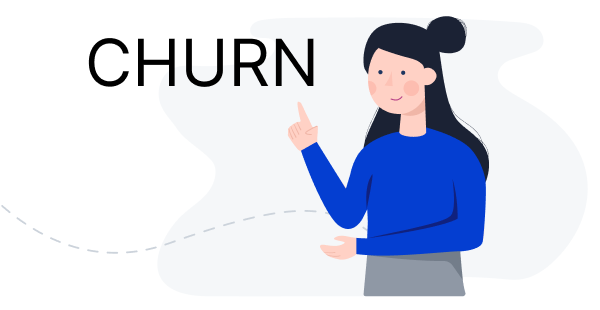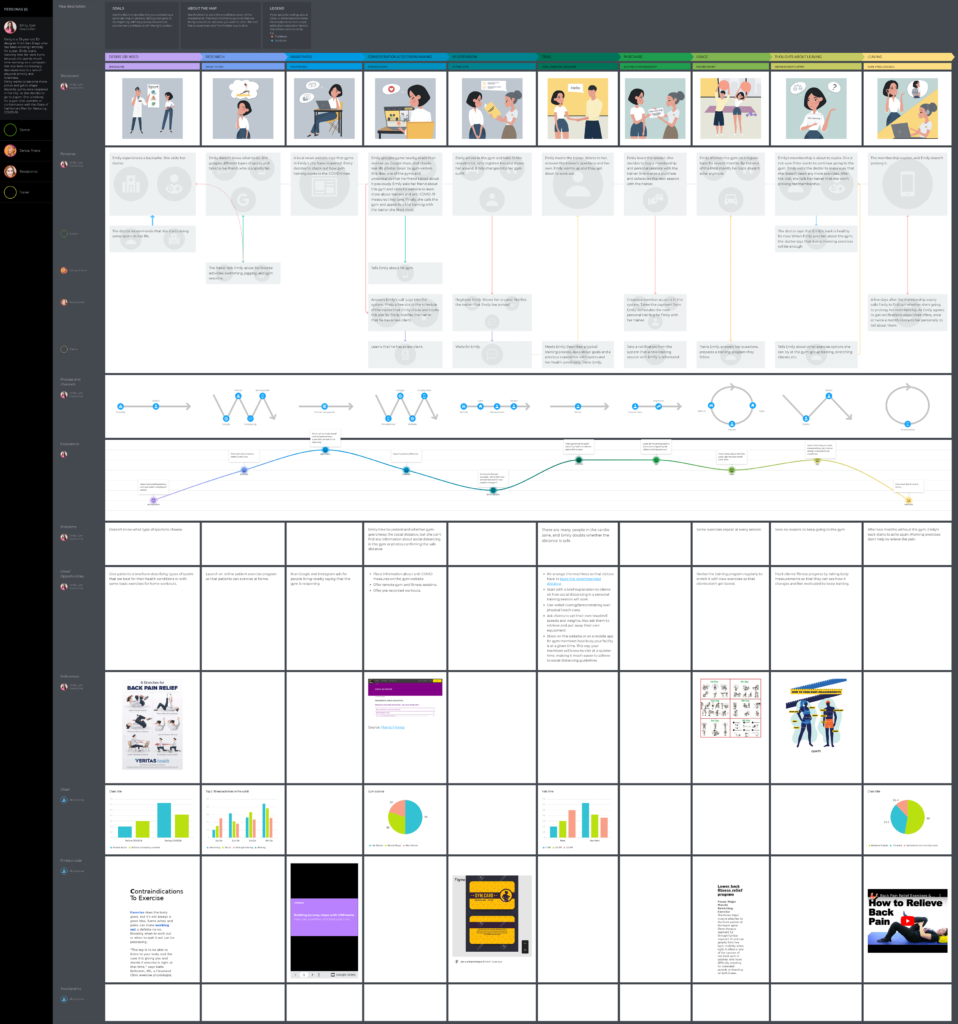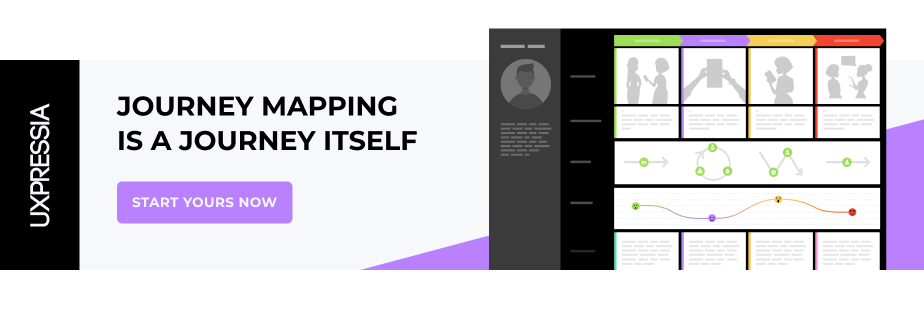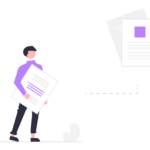Putting lots of effort and time into marketing strategy, you attract many customers, yet your relationships don’t last for long. Sounds familiar? Then you’ve faced the infamous customer churn.
The case is, people have such a wide choice of products and services these days that sometimes they don’t even need a reason to leave your company behind and try something new. Just because they can. Yet you still can have a power, the measuring churn power coupled with its prediction, preventing, or reduction. And we are going to help you obtain it.
What is customer churn?

Customer churn is how many users or clients ceased their journey with your business within a certain time period. It's the retention coin’s reverse side with up to 25% average customer loss across the industries. Those are people you already spent money to attract and convert. And they are your future lost benefits, ‘cause replacing a customer is 6 times more expensive than retaining an existing one.
Having high customer churn also signals about hidden issues within your customer journey. But to learn whether it’s high, you need to measure it first.
Measuring churn: customers and revenue
Measuring churn should be a regular thing to do so that you could identify patterns and understand at what point natural churn (like a summer calm in the educational services market) turns into a real customer loss (e.g., when the numbers of students thin out in autumn).
Here’s the customer churn formula:

The most tricky part in this formula is a period you choose to measure the churn within. You decide what it will be: a day, month, a year, or even a century. It depends on your goals. Usually, companies watch their churn month over month and year over year. Yet sometimes it, indeed, makes more sense to capture longer timeframes. For example, when you provide renovation services to individuals, they will hardly get back to you as often as food retail customers do. Mind that some moments in time may imply a natural churn, like it happens with bikini demand in December. In such cases, little can be done.
Knowing the percentage is just half the deal. To dig even deeper, you would want to relate your customer churn to the revenue churn caused by it. So take this formula:

By using it, you will clearly see what losses the leaving audience brings. Fortunately, this can be fixed by reducing the customer churn.
What causes customer churn?

There can be so many reasons for churn, like overpriced products or a mean answer from your customer support staff. Yet, usually, that churn is not catastrophic.
Let’s imagine you reviewed your prices and raised those because of inflation or switching to more expensive raw materials. Seeing this, some people decided you didn’t fit their needs anymore and quitted. But it may happen once, within a short-term period, after your pricing changes. So if you detect the same situation, month after month, it’s a signal that your customer churn grows. And it’s time to find out the actual reasons behind it.
Misleading marketing. You attract people, promising this or that. They believe you, open their wallets to pay, start using your product or service, and realize that a serum doesn’t erase 20 years from their faces, a car needs constant repairs, and a mobile app is full of bugs. The churn associated with deceived expectations will be inexhaustible until you change the market positioning to reflect the actual advantages of your product.
Experience. This point relates to the previous one, but is not always associated with unjustified hopes. A customer may have been buying from your supermarket for ages, looking for a place in your parking lot for ages, too. And you often switch shelves, so this person has to spend some time while searching for milk or cereals. A flawed retail food customer journey means that your customers’ patience ends pretty soon. And the customer will leave for good, feeling betrayed and unsatisfied, and considering alternatives.
Flawed onboarding. Sometimes a product or service is like Mount Everest, which you have to conquer to simply use it. No matter how eye-candy the application is, it will be deleted if nothing is clear inside. Your cakes can be delicious, but no one will buy those if the store is hard to find and you don’t leave any hint such as a link to Google Maps or a video guide. Who cares whether your insurance agent is a nice guy, if a new client’s box is bombarded with irrelevant offers?
Inconsistency. You yourself do not understand in which direction to develop a service or product and change its functionality or characteristics too quickly and unpredictably. As a result, yesterday's customers are no longer happy with what you do today and aren’t sure what will happen tomorrow. People have enough uncertainty in life and aren’t eager to pay for it when interacting with products or services.
Barriers. There is such a thing as involuntary customer churn. It happens when a client wants to, but cannot pay for your service or product, for example, because of problems with the payment system. Or the customer's subscription is quitted because of a long-lasting bug that frustrated them, while they don't even notice it or decide to let it go and find another option out there.
Indifference. You do not hear your audience, or maybe do not give them the opportunity to share their thoughts. This not only leads to churn, but also makes it difficult to learn its reasons.
Competitors. Sometimes it's not so much about you. There can be companies in your niche that know how to please customers in the best possible way. Perhaps they have huge marketing budgets and staff with Creativity as their second name. Perhaps people sitting in their support are the most patient and understanding living beings. Or maybe the god of delicious food revealed to their chef their secrets.
Anyway, measuring customer churn or learning why it is happening is half the job. We have to reduce it.
How to rule over customer churn?

New features are implemented, reality shifts, people change their minds, and someone is always a step away from leaving you for this or that reason. So embrace the fact that measuring customer churn and fixing it is an endless race. Ready? Warmed up? Let’s run!
Target the right audience. Attracting people from irrelevant market segments will always end with you sighing while measuring churn. Be clear about who you are creating your products or services for, where these people live, what they think about, what worries them. Digitize the data you have about them to turn into persona profiles and share across your organization, then keep them alive with updates. Personas will always guide you when entering or conquering the market.
Open up to your customers. Add extra communication channels or make existing ones more accessible so that your clients can reach you whether they need to and get their answers. For example, hire new support agents to process incoming requests faster. Be proactive: send out NPS forms, ask if the client liked everything after interacting with your service, ask to evaluate any touchpoint and communication channel after using those. Analyze the received data to anticipate the customer on the verge of churn. Anticipate and stop them.
Define a persona that churns more often and focus on getting their feedback. Most likely, you already have their voices among negative reviews or complaints received by your support agents, but be sure to ask at the churn moment about the reasons for leaving, and suggest such customers to take part in an offboarding interview. Once you’re done, you may create this persona’s profile or enrich the existing one with retention-related information. Such a profile will look just like any customer persona profile yet it will help you provide first aid to those who are about to quit their subscription, stop visiting your place, or write the application on dismissal (yeah, employees churn, too).
Also, you can build a customer churn journey map to find out the point(s) where the churn persona takes French leave or says goodbye to your product or service.

Click here to see the full-sized verstion
A churn gym visitor journey map built in UXPressia
With a journey map, you will come up faster with an action plan, thus preventing further customer loss. Pay special attention to the Onboarding stage when everything’s new to a customer and they are likely to outreach your customer support. If that interaction goes well, there are chances to reduce customer churn up to 67%.

Try out impact mapping when implementing new features or ideas to consider their effect on the customers. Having an impact map will let you form a list of the most promising strategies and steps to improve customer retention, or anticipate those things that will affect your audience not in a good way, meaning they might leave afterwards.
Develop an engagement plan. Your product or service might be perfect yet boring. What if your audience is leaving just because something new is being offered on the next lawn, or some kind of interactive fan activity with badges or a hat as a gift? You don't have to shovel through the whole customer interaction system right away, but leveraging new loyalty programs, running promotions, and creating limited product lines to test the reaction to them—just to entertain—will come in handy.
Find a reconsidering trigger—something to offer a churned customer to stay. This may be a discount coupon for the next purchase, or an individual quote for a long-term partnership, or a letter with a list of features that will soon be implemented in a paid plan. You name it.
Focus on existing customers. Enhancing the retention is always cheaper than gaining a new audience; a loyal customer is less likely to churn for the same reasons that may discourage newcomers. Invest your time in building and maintaining long-term relationships with your audience based on trust and regular interactions.
Create common grounds. The chain is as strong as its weakest link. To succeed, your team needs to leverage and carry out shared values and guidelines. Create a database with internal processes, scripts for customer support agents, and other pieces of information that should be accessible across the entire organization and part of the new employees onboarding. You may also develop a tone of voice to sound in unison and connect with your customers through a clear and consistent message across all channels.
If you don’t have enough resources within the team, seek outside help. There are professionals who will help you analyze the audience, internal processes, and switch the arrow on the railroad tracks to avoid a collision of your business train with high churn.
Once you have identified and implemented strategies to reduce customer churn, you will need to make them part of your work processes and corporate culture.
Churn that makes you smile
Some industries face a so-called positive churn. Sounds like an oxymoron, right?
For example, you performed brain surgery or helped a patient heal a broken leg. The person recovered, became more attentive to their health, and no longer appears in your medical center. Or the customer subscribed to your blog to receive articles about mental health, but their situation improved and they canceled the subscription. Or maybe a heavy smoker wanted to quit and succeeded with the help of your application's help, deleting it after that. Is it terrible? Doubtful.
Measuring such churn can still be beneficial to your company, since what will negatively affect the reputation of some companies will add value to yours. In other words, the churn can be your business goal.
If you do not want to lose customers even in such specific areas, you can think about extra motivation for them. The clinic may offer regular checkups. An information resource should ask subscribers about their life and offer more relevant content. A quit smoking app may offer successful users a step away from churning mentorship for those who just downloaded the app.
Wrapping up
Measuring churn must be natural for your business if you want it to develop and grow. But what’s even more important than knowing your churn rate is preventing customer loss from the very start. After all, prevention is always cheaper than cure.
Pay attention to your audience, open up for their feedback and listen closely. And remember that a great customer experience will be your power in the retention battle. The battle that leads to victory in the churn war.





